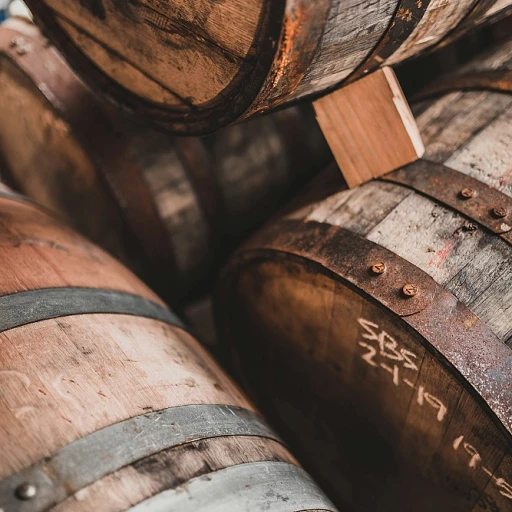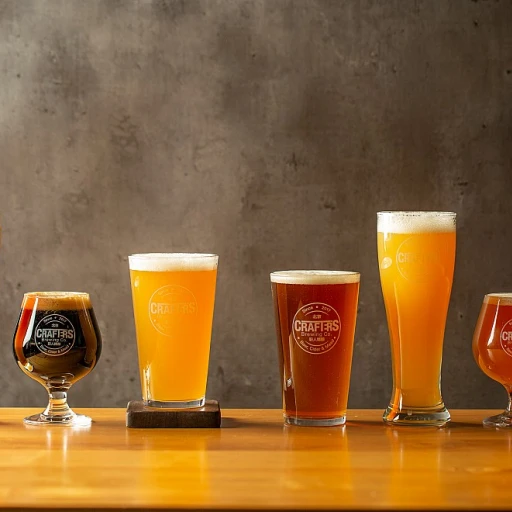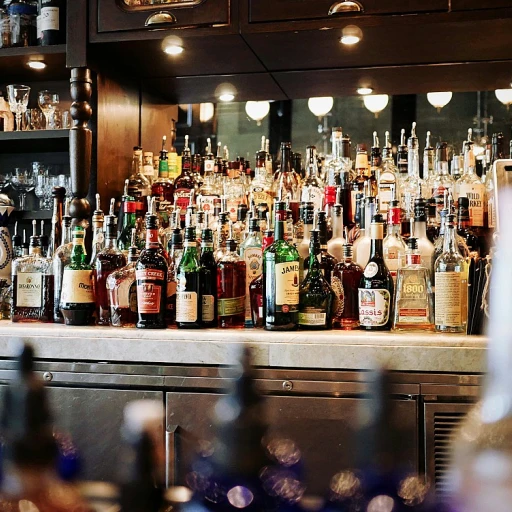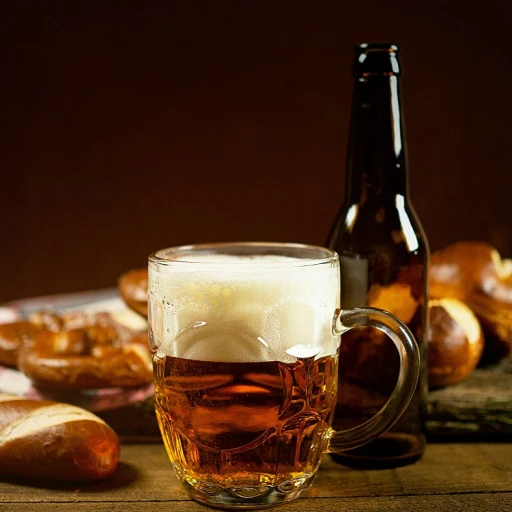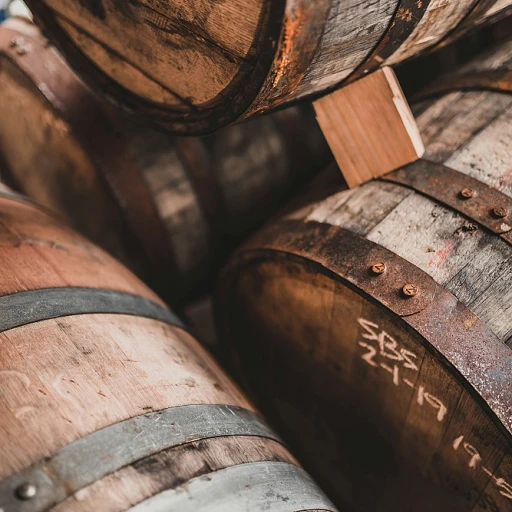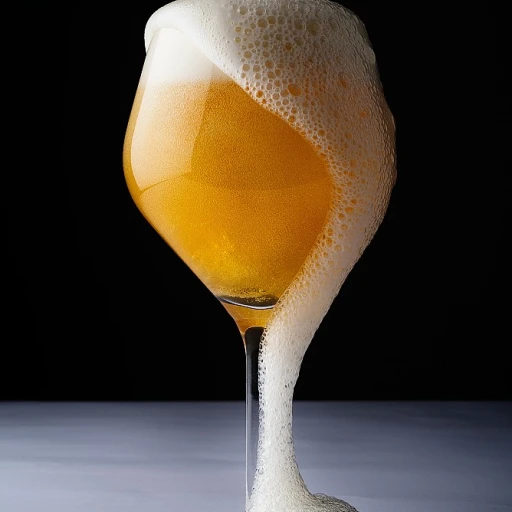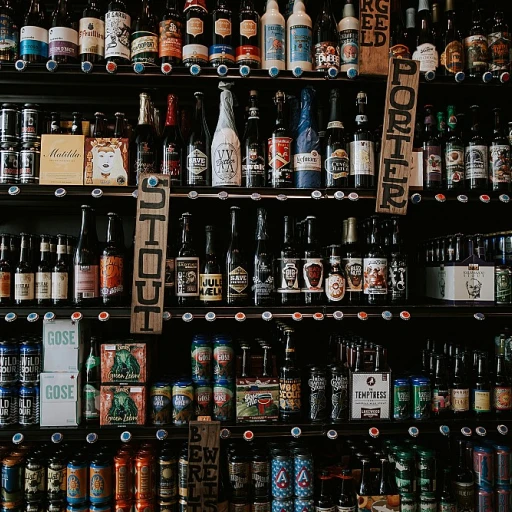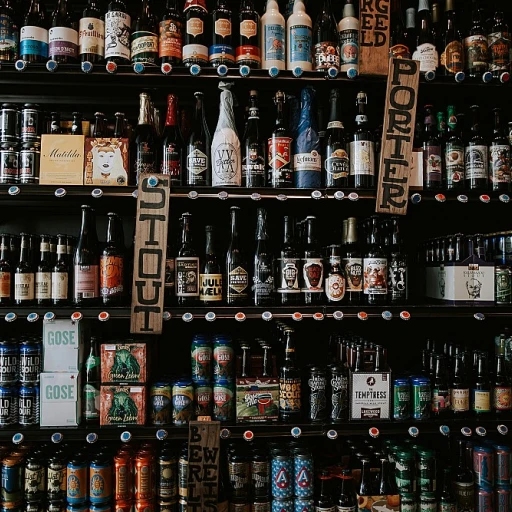
Why beer is not just a substitute for wine
Beer stands on its own
When reaching for a drink, many people think of wine as the sophisticated choice. But beer is not just a backup option—it’s a world of its own, with centuries of tradition, creativity, and craftsmanship. From crisp lagers to complex stouts, beer offers a spectrum of flavors and experiences that rival, and sometimes surpass, what wine can provide.
Beer’s diversity is remarkable. Each style, from refreshing wheat beers to bold IPAs, brings something unique to the table. This variety means there’s a beer for every palate and every occasion. Unlike the more rigid categories often found in wine, beer invites experimentation and personal preference, making it an exciting choice for both newcomers and seasoned enthusiasts.
Choosing beer is about embracing a different kind of taste adventure. It’s not about settling for less—it’s about exploring a beverage that has its own rich history and vibrant present. Whether you’re pairing it with food, enjoying it with friends, or following the latest trends, beer offers a fresh perspective that goes far beyond being just an alternative to wine.
The taste adventure: beer offers something wine can’t
Unexpected flavors in every glass
When you reach for a beer instead of a glass of wine, you’re opening the door to a world of flavors that can surprise even the most seasoned palate. Beer is crafted with a unique blend of ingredients—malts, hops, yeast, and sometimes fruit or spices—each bringing its own character. This means you can find beers that are crisp and refreshing, rich and malty, sour and funky, or bursting with tropical aromas.
- Hops add bitterness, floral, or citrus notes.
- Malts bring sweetness, caramel, or roasted flavors.
- Yeast can create fruity, spicy, or earthy undertones.
Unlike wine, which is often limited by grape variety and region, beer’s versatility comes from its endless combinations of ingredients and brewing techniques. This gives you the chance to try something new every time, whether you’re enjoying a classic lager or an experimental sour ale. And as you’ll see when pairing beer with food, these flavors can elevate any meal, not just the usual pub fare.
Pairing beer with food: more than just burgers and fries
Expanding your culinary horizons with beer
When it comes to food pairing, beer has moved far beyond its classic role alongside burgers and fries. Today, chefs and enthusiasts alike are exploring how beer’s wide range of flavors—malty, hoppy, sour, fruity, and more—can complement and elevate all kinds of dishes. Unlike wine, which often follows certain pairing traditions, beer invites experimentation and creativity at the table.
- Cheese and charcuterie: A crisp pilsner or a tangy saison can cut through the richness of creamy cheeses or cured meats, offering a refreshing contrast.
- Spicy cuisine: Beers like wheat ales or IPAs can balance the heat of spicy foods, such as Thai or Mexican dishes, in ways that wine sometimes can’t.
- Desserts: Rich stouts or fruity lambics pair beautifully with chocolate cakes or berry tarts, creating surprising and memorable endings to a meal.
This flexibility comes from beer’s diversity. With so many styles and flavor profiles, you can find a beer to match almost any dish. This makes beer a dynamic partner at the table, inviting you to try new combinations and enjoy a different kind of taste adventure—one that goes beyond what wine typically offers.
The social side: beer brings people together in a different way
Sharing moments, one pint at a time
Beer has a unique way of bringing people together. Whether it’s a casual gathering at a local pub, a backyard barbecue, or a lively beer festival, sharing a pint often feels more relaxed and inclusive than a formal wine tasting. The atmosphere around beer is typically friendly and approachable, making it easy for everyone to join in, regardless of their level of expertise.
- Accessible rituals: Pouring a beer, clinking glasses, or even sampling a flight with friends creates simple, joyful traditions.
- Community spirit: Many breweries and taprooms foster a sense of belonging, encouraging conversation and connection among guests.
- Events for everyone: From trivia nights to brewery tours, beer-centric events are designed to be fun and social, welcoming all kinds of people.
Unlike the sometimes formal world of wine, beer culture thrives on openness and camaraderie. This makes it a perfect choice for those who value shared experiences and genuine connections. As you explore the diverse flavors and pairings beer offers, you’ll also find yourself part of a vibrant, welcoming community.
Beer today: trends, people, and why it’s more than just a drink
Modern beer culture: more than a pint
Today, beer stands at the heart of a vibrant and evolving culture. It’s not just about grabbing a cold one after work—beer has become a symbol of creativity, community, and innovation. Breweries are popping up in cities and small towns alike, each bringing their own twist to classic styles and inventing new ones. This energy has made beer a favorite for people looking for something unique and personal in their glass.
Who’s shaping the beer scene?
The faces behind beer are as diverse as the flavors themselves. From passionate homebrewers to expert brewmasters, and from local taproom owners to fans who love sharing their latest finds, everyone plays a part. Beer festivals, tasting events, and brewery tours have become popular ways to connect, learn, and celebrate together. This sense of community is a big part of what sets beer apart from other drinks.
Trends to watch in the world of beer
- Craft and local focus: More people are seeking out small-batch, locally made beers that reflect their region’s character.
- Creative flavors: Brewers are experimenting with ingredients like fruit, spices, and even coffee, offering flavors you won’t find in a typical wine glass.
- Low and no-alcohol options: There’s a growing interest in beers that fit different lifestyles, making beer accessible to more people.
- Food pairings: Beer is now a star at the dinner table, pairing beautifully with everything from cheese plates to fine dining, as you’ve seen earlier in this article.
Beer today is about enjoying the moment, exploring new tastes, and connecting with others. It’s a drink that’s always evolving—just like the people who love it.



